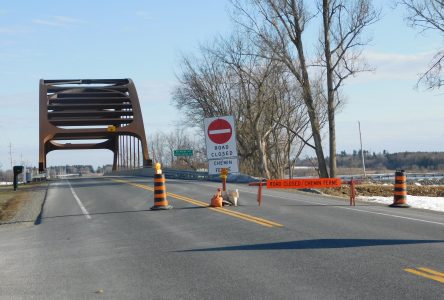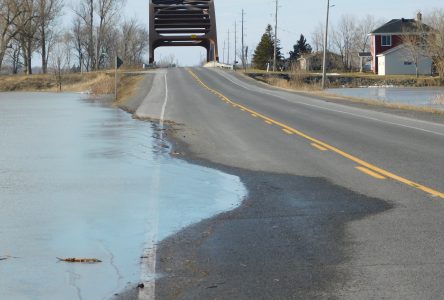For many, even healthcare has moved online. Virtual healthcare offers a more convenient and safer alternative to hospital or clinic visits for many types of appointments, examinations and procedure follow-ups.
Faster connexion means better quality of life



